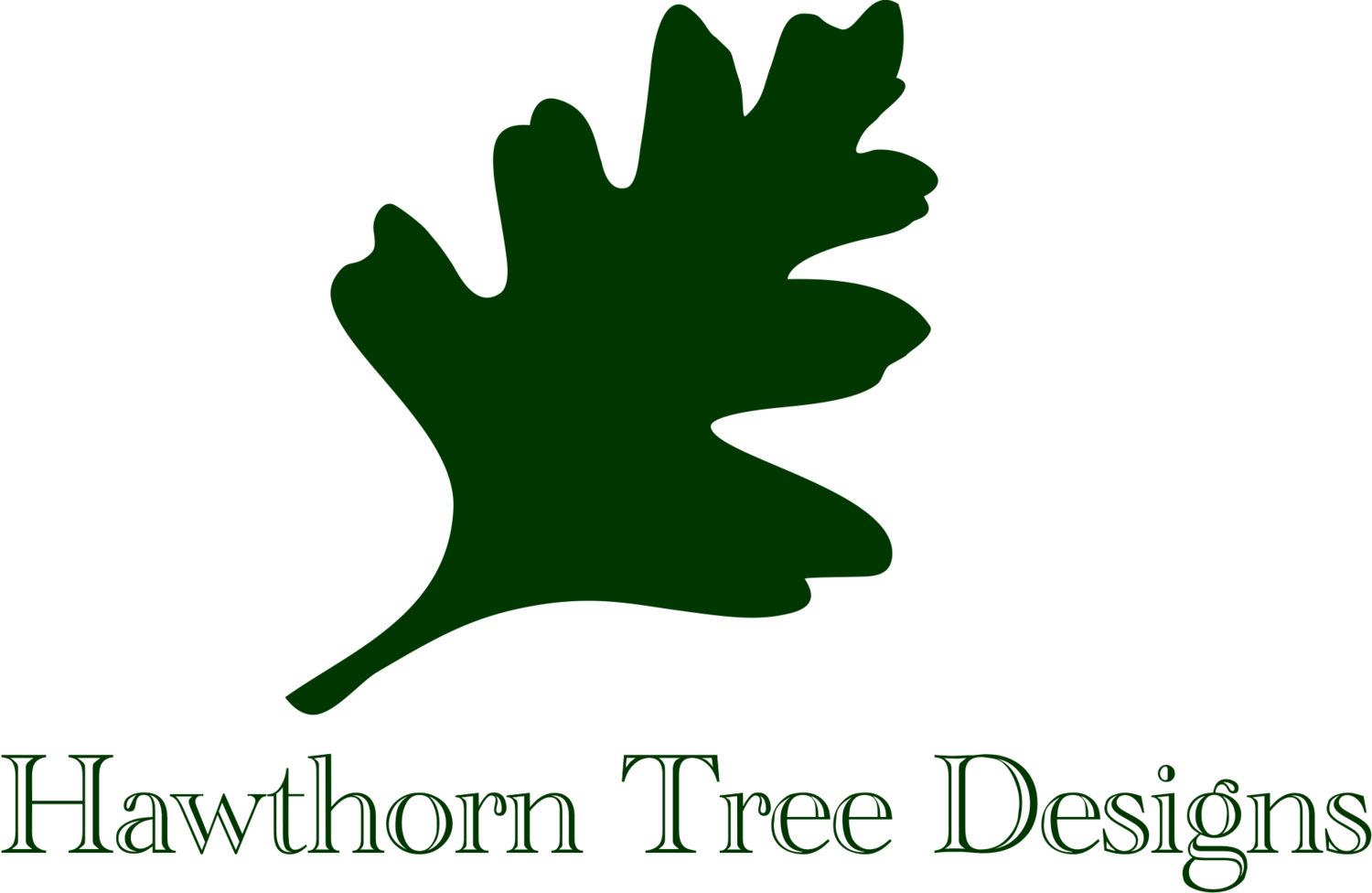5 Tips for starting Cross Stitch as an Absolute Beginner (with a free pattern)
1. Learn the basics
Cross stitch is a really easy form of embroidery that anyone can master with practice. To begin, cut a length of embroidery floss. Hold the end of the thread in your fingers and snip off the thread at your elbow. This will give you a good length of thread to work with.
Embroidery floss is made of 6 strands; cross stitch is usually worked in 2 strands. Separate two strands and thread them into your needle.
Bring the needle up through the fabric, leaving a “tail” of about three quarters of an inch (1.5cm). Hold this tail with your finger and make your first diagonal stitch. When you bring the needle back up, catch the tail in the loop that you’re pulling through the fabric to secure the thread. As you make further stitches, keep catching the tail until it is covered.
When you’ve finished your first row of stitches, make a return journey making diagonal stitches that lie in the opposite direction. This is how you make cross stitches.
It may take practise to make them neat but try to keep your tension even and you’ll get there.
2. Learn how to read a chart
Cross stitch patterns can look intimidating when you first see them but they’re not as complicated as they might first appear.
Every square on the chart represents one stitch of the pattern. Each colour is represented by a different symbol which you can find in the pattern key. The key tells you every colour you’ll need to complete the pattern and usually how much of each colour you’ll be using.
The best place to start any pattern is in the centre of the fabric. This is because you want to make sure that you don’t run out of space before you’ve finished, and that you have enough of a border to frame your project.
To find the centre of the design, follow the arrows on the pattern. When you’ve found the centre, pick a section of the pattern that touches that point, and check the symbol in the key. This will be the first colour that you use.
3. Practise before you start a big project
There are a number of brands of embroidery floss but I always use DMC. There are 500 colours in the DMC range so you really are spoiled for choice when it comes to colours. Pick two or three that you like and practise your stitches on a small piece of fabric.
I have designed this mini Folk Art Birds Sampler that you can use as a starting point. I designed it with shades of pink, green and brown but feel free to pick different colours if you wish.
Click on the image below to get the pattern. You will need software that can view PDF files.
Once you’ve mastered the basics, you’ll be ready to tackle your first project.
4. Pick a project that’s right for you
It’s fair to say that there’s a very wide choice of cross stitch kits and patterns out there for you to pick your project from, even to the point of being overwhelming. So how do you know where to start?
Remember that as a beginner, you don’t want to pick something that you might end up getting frustrated or bored with. Pick a small to medium project on a subject that you know you’ll enjoy, such as cats, butterflies, flowers etc.
If you love birds, my kits are the perfect place to start.
Work on it for a couple of hours at a time and concentrate on getting the basics right. The better you get, the faster you’ll be able to stitch but for now you just want to make it as neat as possible.
5. Buy the best you can afford
If you’re buying a commercial kit then it will most likely contain high quality materials and you won’t need to worry about it. However, if you’re buying some materials to practice with, or to complete a pattern that you bought online, don’t be tempted to buy the cheapest materials you can find.
As the old adage tells us, if something’s worth doing, then it’s worth doing well. Good quality embroidery floss is expensive but it’s worth it to guarantee the quality of what you’ll be working with. That’s why I would recommend just buying two or three colours that you like to practise with. When you’re sure it’s a hobby you want to pursue you can invest in more supplies.
If you’re stuck for palette ideas, Pinterest is full of suggestions. You can also find ready-selected thread packs from various online craft retailers.
There are also many types of fabric available but beginners usually start with 14-count aida. You can often buy offcuts for bargain prices on eBay. You can also buy “odd sizes” from Lakeside Needlecraft. This is a great way to get good quality fabric without spending too much money at the beginning.
Happy stitching!




